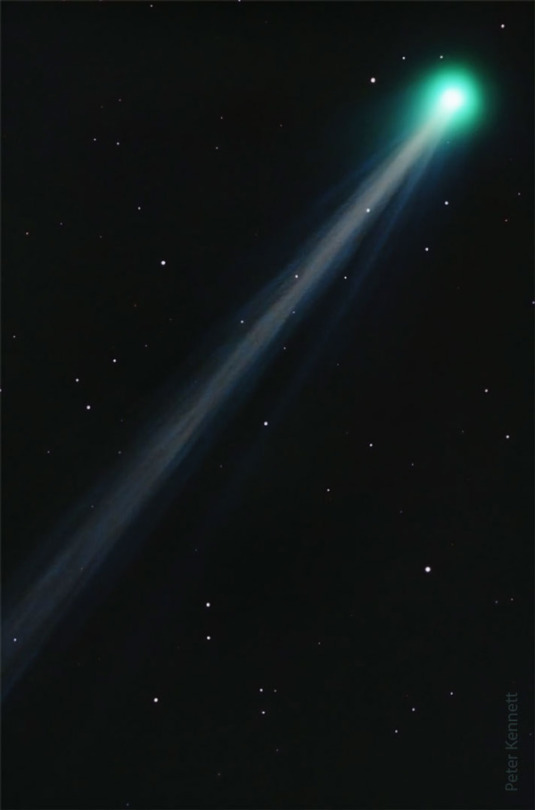Don't wanna be here? Send us removal request.
Text
0 notes
Text
The clearest photo of Mercury, the closest planet to the Sun.

3K notes
·
View notes
Text
RPG Barbarian expresses views on the wizard
0 notes
Text
New fiction inspired by the hunters mark spell from d&d5e
0 notes
Text
0 notes
Video
youtube
TOP 5 BESTEN GAMING PCs 2023! Von 800€ bis über 1000€! Gamer pcs kaufen …
2 notes
·
View notes
Text

small sagittarius star cloud and the lagoon nebula
87 notes
·
View notes
Text

Researchers report on the atmosphere of hot Jupiter HD 189733b
Scientists from the Institute of Laser Physics of the Siberian Branch of the Russian Foundation for Basic Research have modeled the atmosphere of the well-known "hot Jupiter" HD 189733b and have learned what hindered a stable finding of hydrogen in the atmosphere of the planet. They also defined the physico-chemical properties of this planetary system. They presented on this topic at the symposium of Asian Pacific Geophysical Society in August 2023, and the work is published in The Astrophysical Journal.
Exoplanets are planets beyond the solar system. The most studied of them are from the family of so-called hot Jupiters. They can be compared with Jupiterian exoplanets as far as size and weight is concerned, but orbit their stars 10 times nearer than Mercury orbits the sun.
Such close distance and high temperatures cause atmosphere to escape from planets with ultrasonic speed, and the movement of the atmosphere, and also its content, can be studied with the help of method of transit spectroscopy. This method consists of registration of absorptions of stellar radiation by the planet's atmosphere and enables definition of which elements are present in the atmosphere, allowing researchers to make conclusions about speed and density of various elements.
HD 189733b has attracted researchers and observation time of telescopes for less than a decade. The planet became popular due its blue color, caused by glass (silicate) rains—particles of silicates raised into the atmosphere. One of the most interesting mysteries of this planet was "disappearing" transit in the hydrogen line Lyα—measurements of absorptions in this diapason of wavelength turned out to be rather inconsistent.
A bit clearer is the situation with the IK-line of metastable helium 1083 nm—transit in its locality was observed twice, but with different amplitude. Such changes suggest substantially different regimes of the outflow of planetary matter of HD 189733b, and computer modeling is the most available way of investigating possible causes of changes.
One of the most advanced instruments for modeling of complex of features in the atmosphere of exoplanets and interpretation of transit absorptions in the world was created and developed by scientists from the Institute of Laser Physics of the Siberian Branch of the Russian Foundation for Basic Research.
Having applied it to HD 189733b, scientists found that the most probable cause of unstable absorptions in the hydrogen line Lyα is high activity of the host star, which appears in an increase of radiation flux in the ultraviolet area (FXUV, erg∙cm-2с-1Å-1 for 1 АЕ) and the speed of loss of mass of stellar material. It was discovered that changes in those factors can cause not only variable detections of transit absorption in the hydrogen line due to formation of energetically neutral atoms in strong stellar wind, but also different absorptions in the line of metastable helium.
Credit: The Astrophysical Journal (2022). DOI: 10.3847/1538-4357/ac441d
1 note
·
View note
Text

Pumpkin space latte, anyone? ☕
Hubble captured this festive array of stars, Terzan 12, found in the Milky Way about 15,000 light-years from Earth. The stars in this cluster are bound together by gravity in a sphere-like shape and are shrouded in gas and dust. As the starlight travels through that gas and dust to Earth, blue light scatters, leaving the redder wavelengths to come through.
Download the full-resolution image here.
Make sure to follow us on Tumblr for your regular dose of space!
6K notes
·
View notes




